ART CITIES:Paris Piero-Gilardi, Part I
 It is impossible to talk about Piero Gilardi’s work without starting from his “tappeti-natura”, works with a strong chromatic accent and in which the infinite possibilities of an artificial world were declined. Afterwards the interactive technology modality will join the use of this clearly anti-traditional material (the step from the sculpture carved in the stone to the one shaped by a synthesis material is undoubtedly epochal and corresponds to that inexhaustible experimentation of always new expressive researches, from the 1970s without having to come to terms with a dematerialization process.
It is impossible to talk about Piero Gilardi’s work without starting from his “tappeti-natura”, works with a strong chromatic accent and in which the infinite possibilities of an artificial world were declined. Afterwards the interactive technology modality will join the use of this clearly anti-traditional material (the step from the sculpture carved in the stone to the one shaped by a synthesis material is undoubtedly epochal and corresponds to that inexhaustible experimentation of always new expressive researches, from the 1970s without having to come to terms with a dematerialization process.
By Efi Michalarou
Photo: Michel Rein Gallery Archive
Piero Gilardi’s exhibition “Dalla Natura all’Arte” presents recent and historical works by the artist and a collection of drawings and political works. From the mds-1960s to the present day, Piero Gilardi has been making nature-carpets (halfway between painting and sculpture), a sign whereby his work can be recognized, an object of reflection for talking about a close and familiar nature, which echoes in each one of us, both collectively and personally. Well before certain ecological challenges, which nowadays lie at the heart of our current world, Piero Gilardi has been concerned with representing nature not in the form of landscapes, but rather as fragments, not by way of a panoramic vision, but by adopting a horizontal way of looking at things, situated flush with things, in order to show us a nature (at times domesticated, at others not) caught in its smallest details, and attract our attention to things we would not otherwise look at. As one who took part in the first Arte Povera shows in the late 1960s, Piero Gilardi preferred talking about nature by using not elementary materials (water, earth, fire…), but an industrial and contemporary material, polyurethane foam, which he cut up, arranged, glued and painted, to present a nature pushed beyond reality with its bright, dazzling and joyful colors. With Piero Gilardi, nature is something experienced and lived. His “Igloo” (1964), which was first shown in Paris, is an historical piece which should be read with a desire to return to a form of primitive life, well-removed from the challenges of the consumer society of that time, an issue he shared in particular with his friend Pino Pascali.
Piero Gilardi was born in Turin in 1942. He produced his first “tappeti-natura” using polyurethane foam, and showed than at the Sperone gallery, Turin) in 1966, then in 1967 at the Sonnabend gallery, Paris and the Fischbach gallery , New York. In 1968, he ceased producing artworks and embarked on a career as an art critic, becoming the correspondent for the magazine Flash Art. Travelling around Europe and the United States, he introduced Italy to the works of Richard Long, Eva Hesse, Jan Dibbets, and Bruce Nauman, and helped put on two major international shows: “When Attitudes Become Form” (1969) and “Op Losse Schroeven” (1969), which both presented the art tendencies of the moment (Arte Povera, Land Art, Antiform Art). The year 1969 saw the start of a lengthy activist and transcultural experience aimed at theoretical analysis, and the “Arte Vita” (Art Life) conjunction. As a political militant and an organizer of young culture, he undertook different experiments involving collective creativity in urban and “worldwide” peripheral areas, in Nicaragua and in Indian reservations in the United States, as well as in Africa. He resumed his artistic activities in the 1980s, producing interactive installations talking about our relation to nature and the world, offering visitors a chance to be part and parcel of the work. Those proposals sought in particular to raise awareness about ecological challenges, making use of the contribution of technology and science in the art world; with Piotr Kowalski and Claude Faure, he was the co-founder of the association Ars Tecnica in Paris in 1988. In 2003, he promoted the City of Turin’s Park of Living Art project, which summed up all his experiences and experiments to do with the Nature-Culture dialectic. In 2012, his work was shown in a large travelling show (Castello di Rivoli, Turin; Van Abbe Museum, Eindhoven; Nottingham Contemporary Art, Nottingham, UK). In 2017, the MAXXI in Rome held a retrospective exhibition, Piero Gilardi. Nature Forever, showing the various aspects of his work.
Info: Curator: Valérie Da Costa, Michel Rein Gallery, 42 rue de Turenne, Paris, Duration: 5/9-24/10/20, Days & Hours: Tue-Sat 11:00-19:00, http://michelrein.com
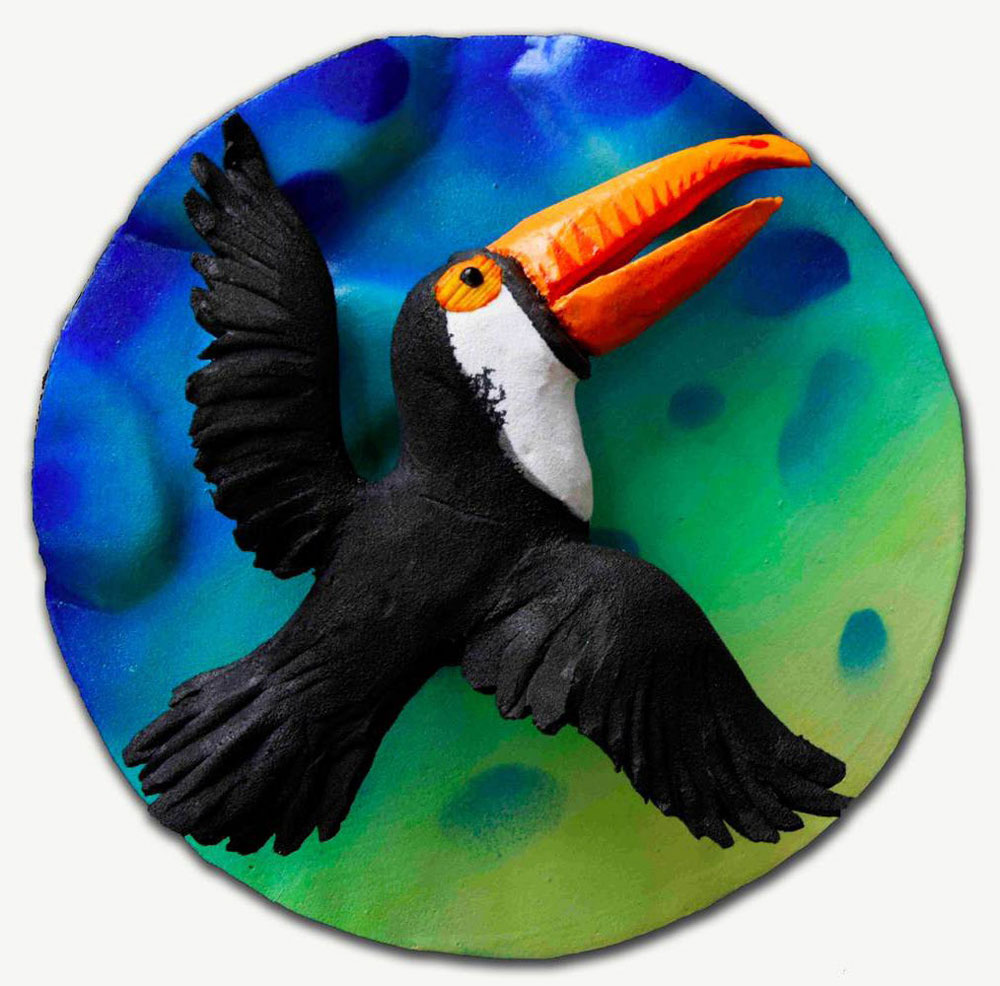
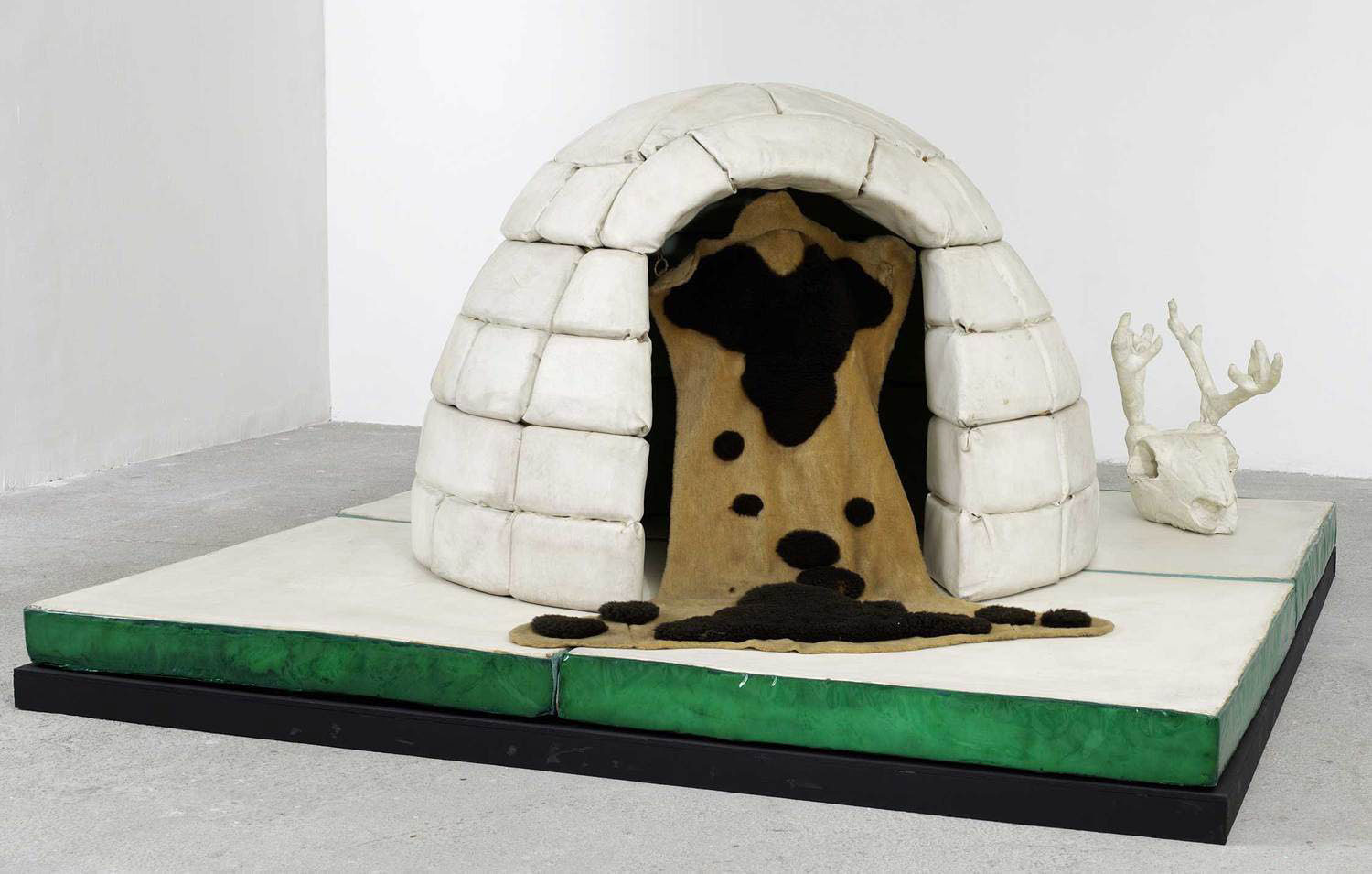
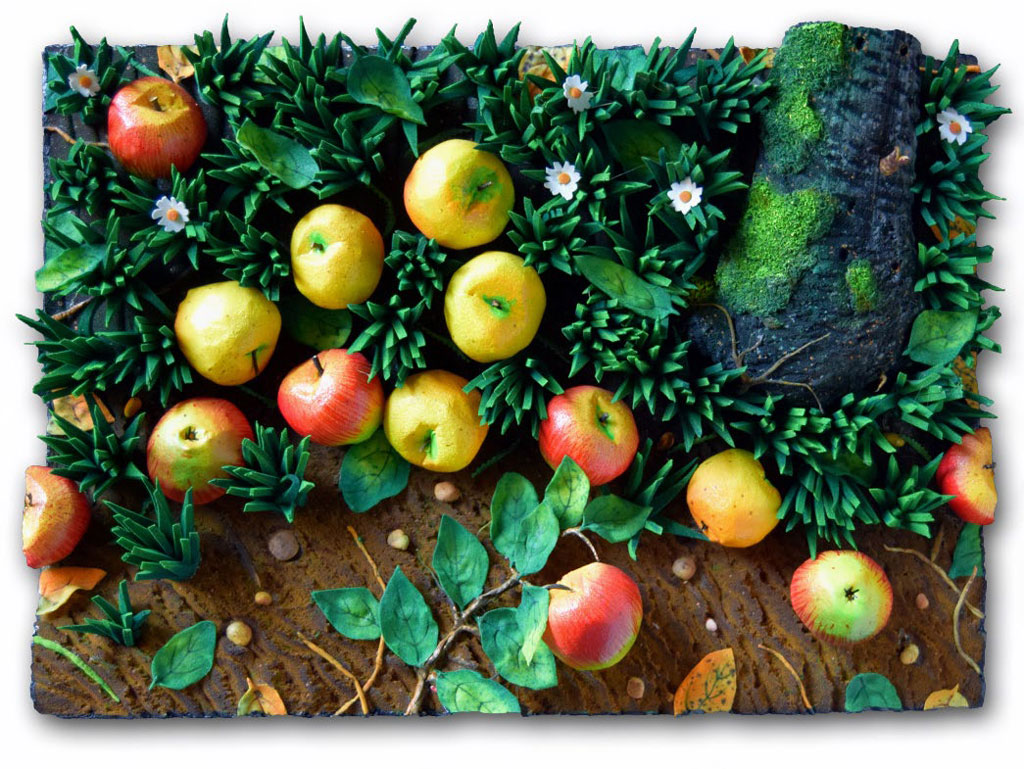
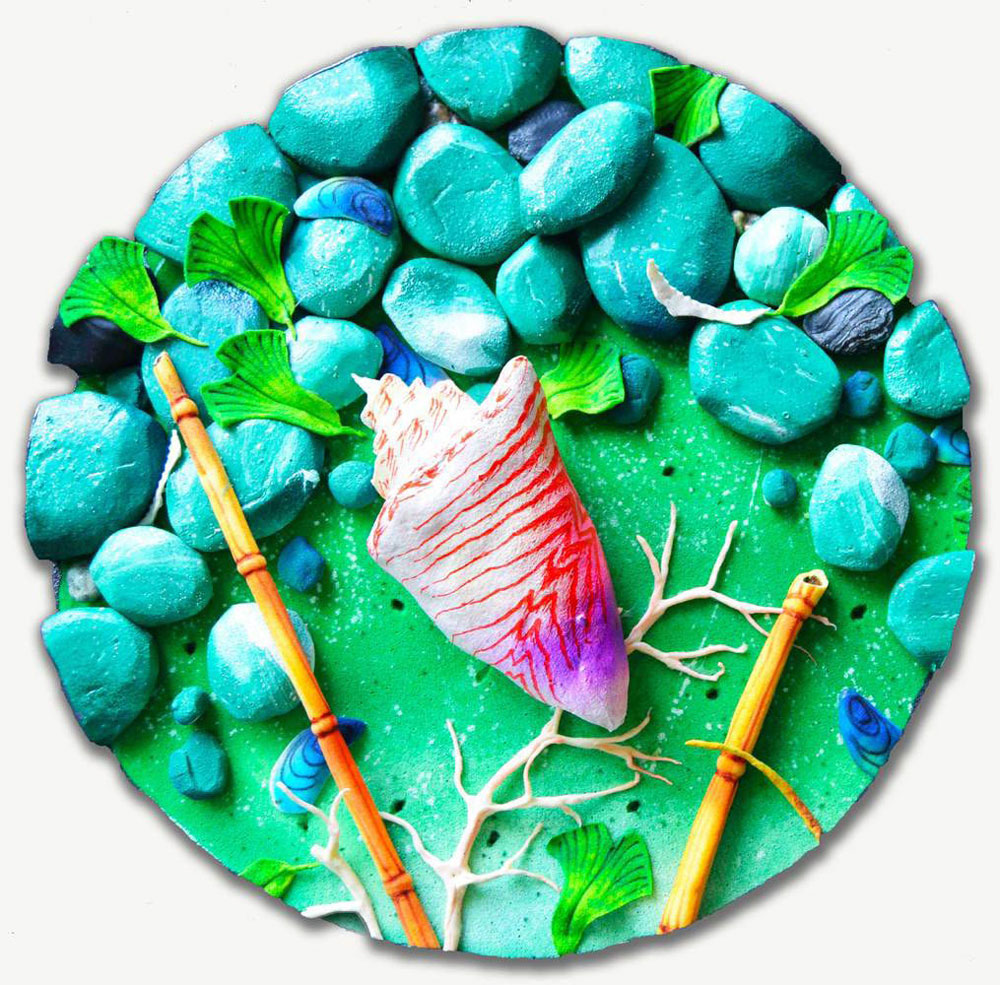
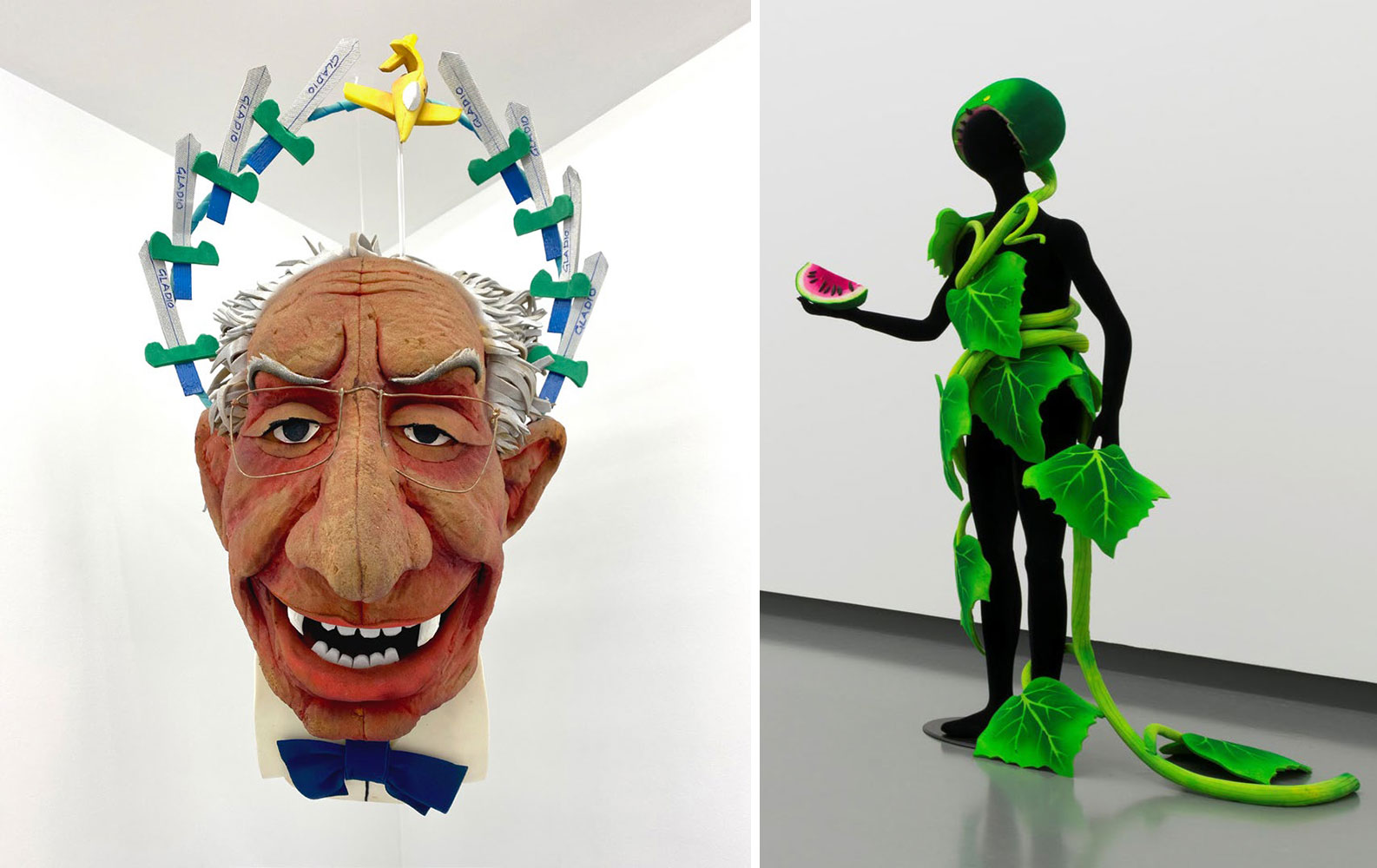
Right: Piero Gilardi, Vestito-Natura Anguria, 1967, polyurethane foam, 180 x 80 x 60 cm, unique, © Piero Gilardi, Courtesy the artist and Michel Rein Gallery
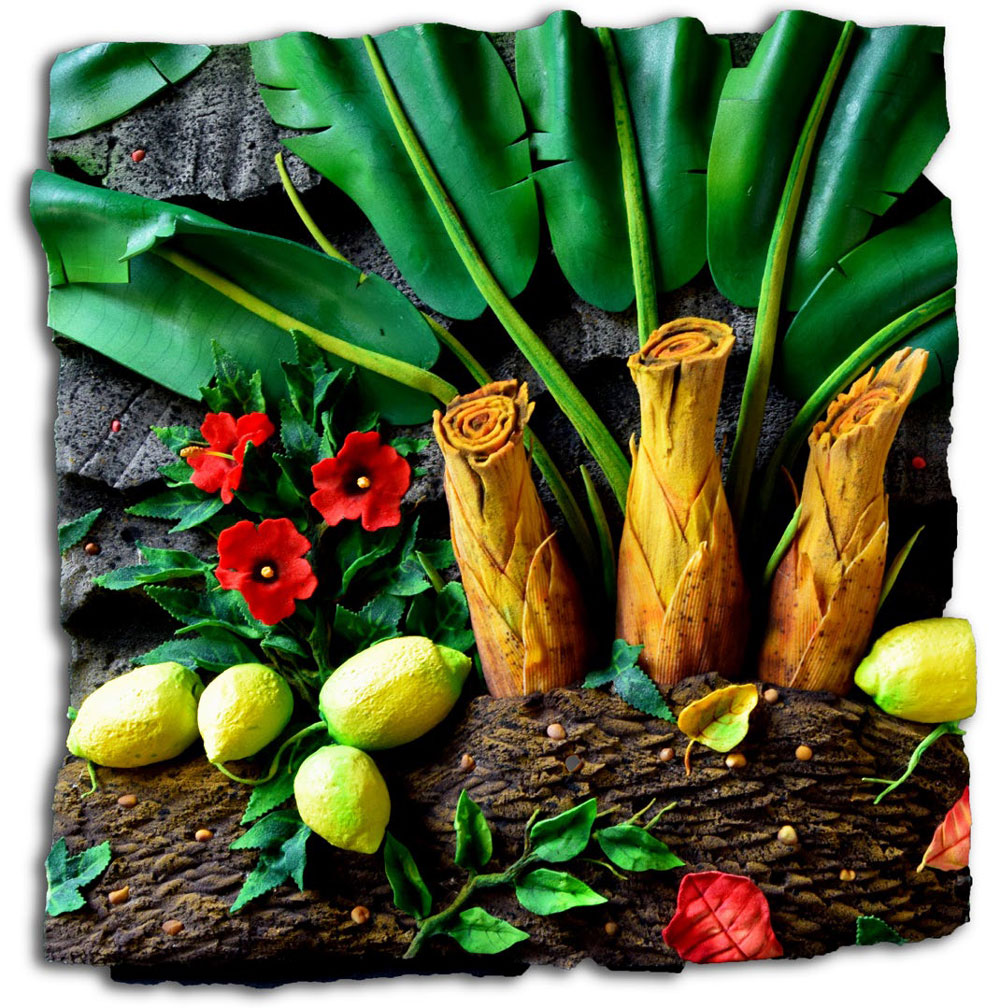
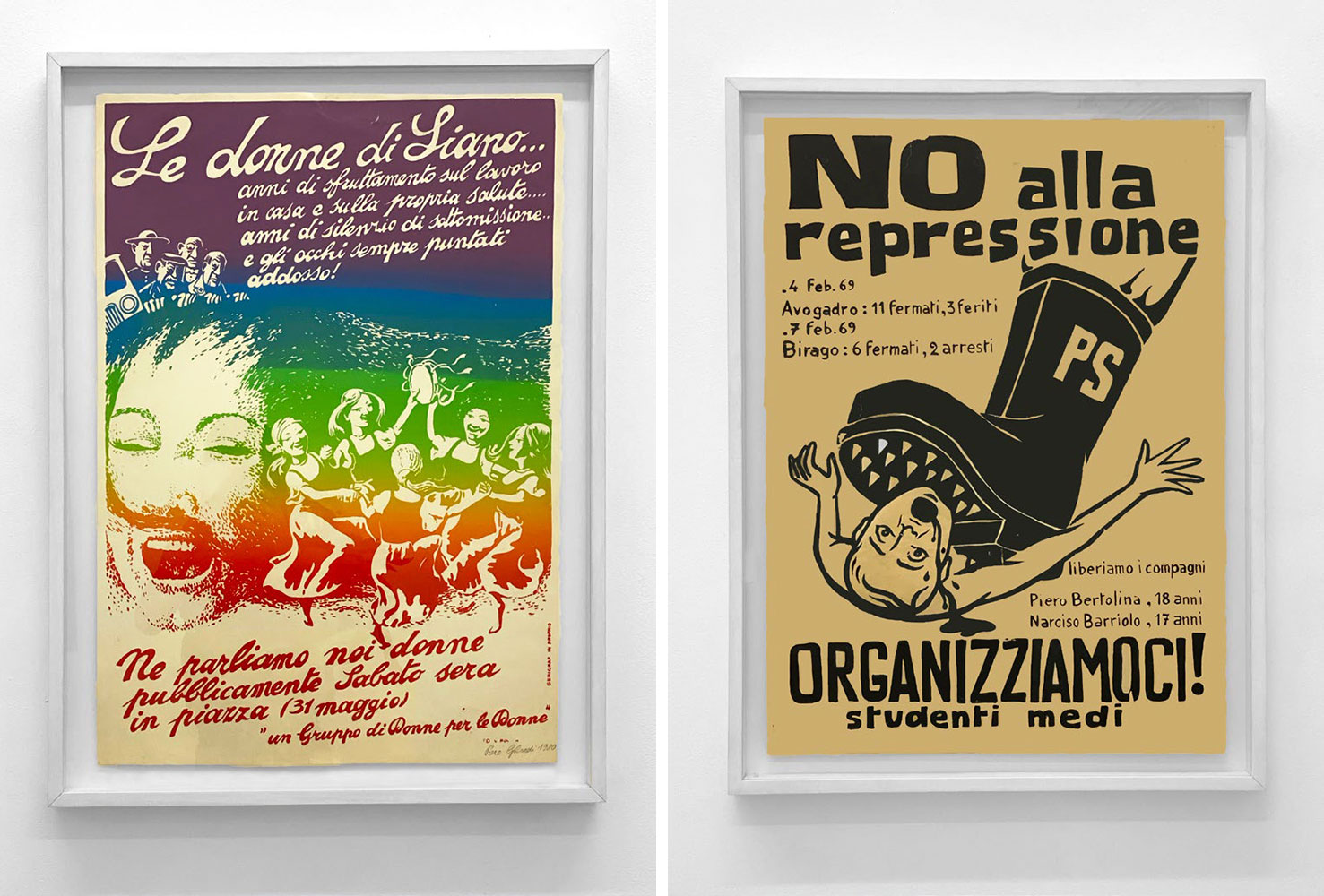
Right: Piero Gilardi, No Alla Repressione, 1969, serigraph framed under Plexiglas, framed: 77 x 58 x 5 cm, unique, © Piero Gilardi, Courtesy the artist and Michel Rein Gallery
